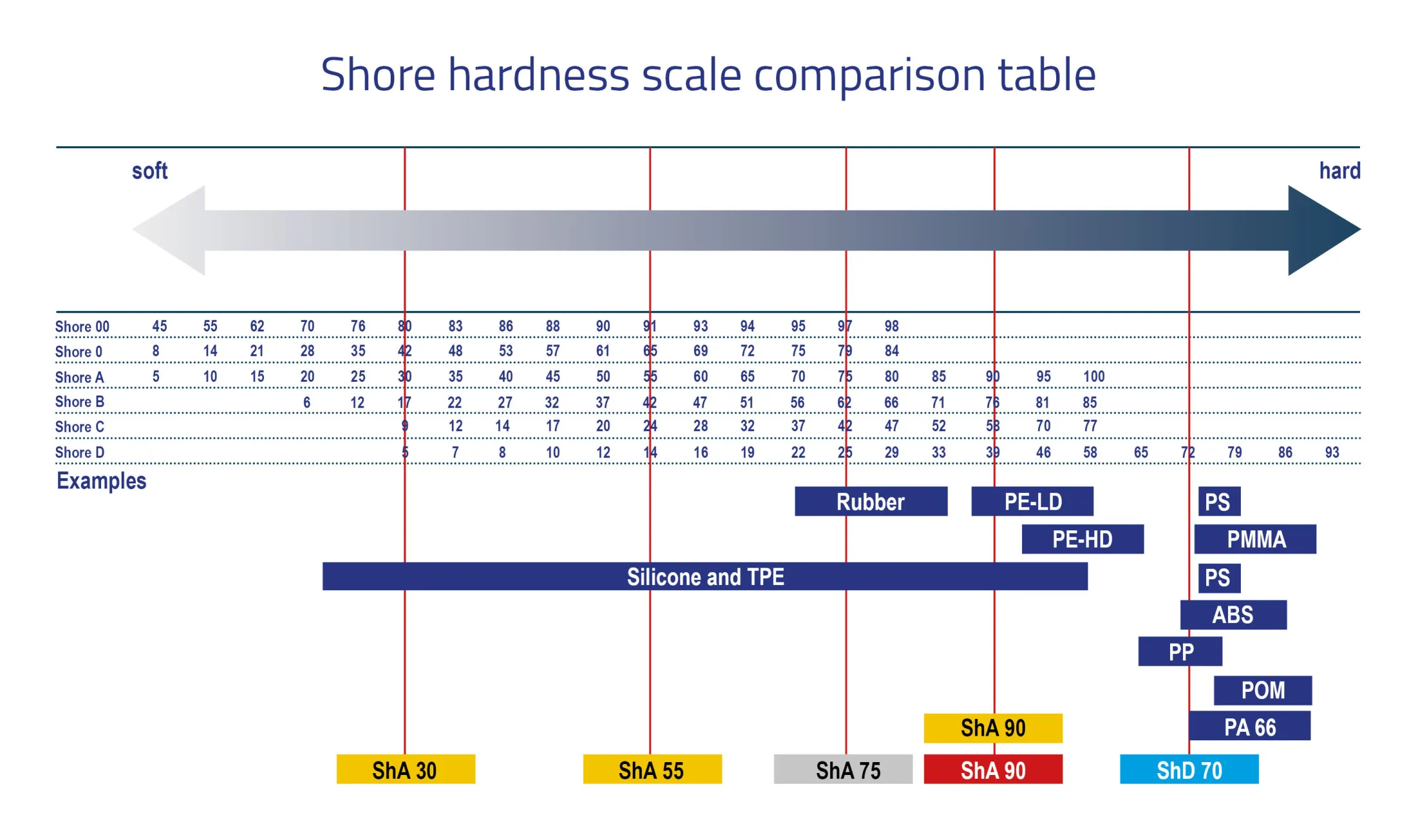最終更新:
2025 年 7 月 1 日
最終更新:
2025 年 8 月 14 日
News & Blog
Hardness standards for thermoplastic elastomers
A clear view through the jungle of standards
Josef Neuer, Head of Product Management EMEA at KRAIBURG TPE, provides information about different hardness standards and the process of standardization. What standards are there today and which ones apply specifically to thermoplastic elastomers? What needs to be considered?
Gain insights from the Experts
How to measure the hardness of a vulcanized or thermoplastic elastomer.
What does a typical hardness measurement according to ISO 48-4 look like in our company? What needs to be observed? Which steps must be followed and which specifications must be met? We have recorded a measurement for you in our application video. Find out more about the basics of hardness measurement here.


